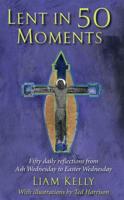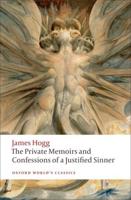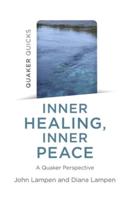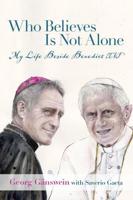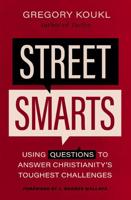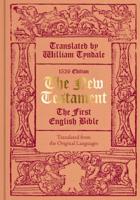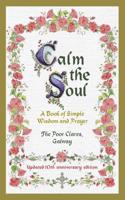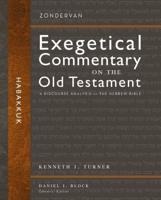Publisher's Synopsis
The death of John Paul II and the election of Benedict XVI constituted undoubtedly two important elements in the broad theological and ecclesiastical landscape of the debate about Vatican II in the last few years. This change of pontificate has also nourished the journalistic and political dispute about Vatican II, its history and its legacy, and not only the historiographical and theological debate. Brief accounts of the history of Vatican II have reached the public at large but the research on Vatican II is already proceeding forward and beyond the state of knowledge about the council reached at the end of the nineties. Even if some observers seem to be satisfied with the present knowledge, for twenty-first century church historians and theologians interested in understanding contemporary Catholicism in the light of Vatican II, the intellectual undertaking is still evolving. The book gives a comprehensive presentation of the theological and historiographical debate about Vatican II. The attempt to go beyond "the clash of interpretations"-Vatican II as a rupture in the history of Catholicism on one side and the need to read Vatican II in continuity with the tradition on the other-is necessary indeed because the ongoing debate about Vatican II is largely misrepresented by the use of "clashing interpretations" as a tool for understanding the role of the council in present-day Catholicism. †

